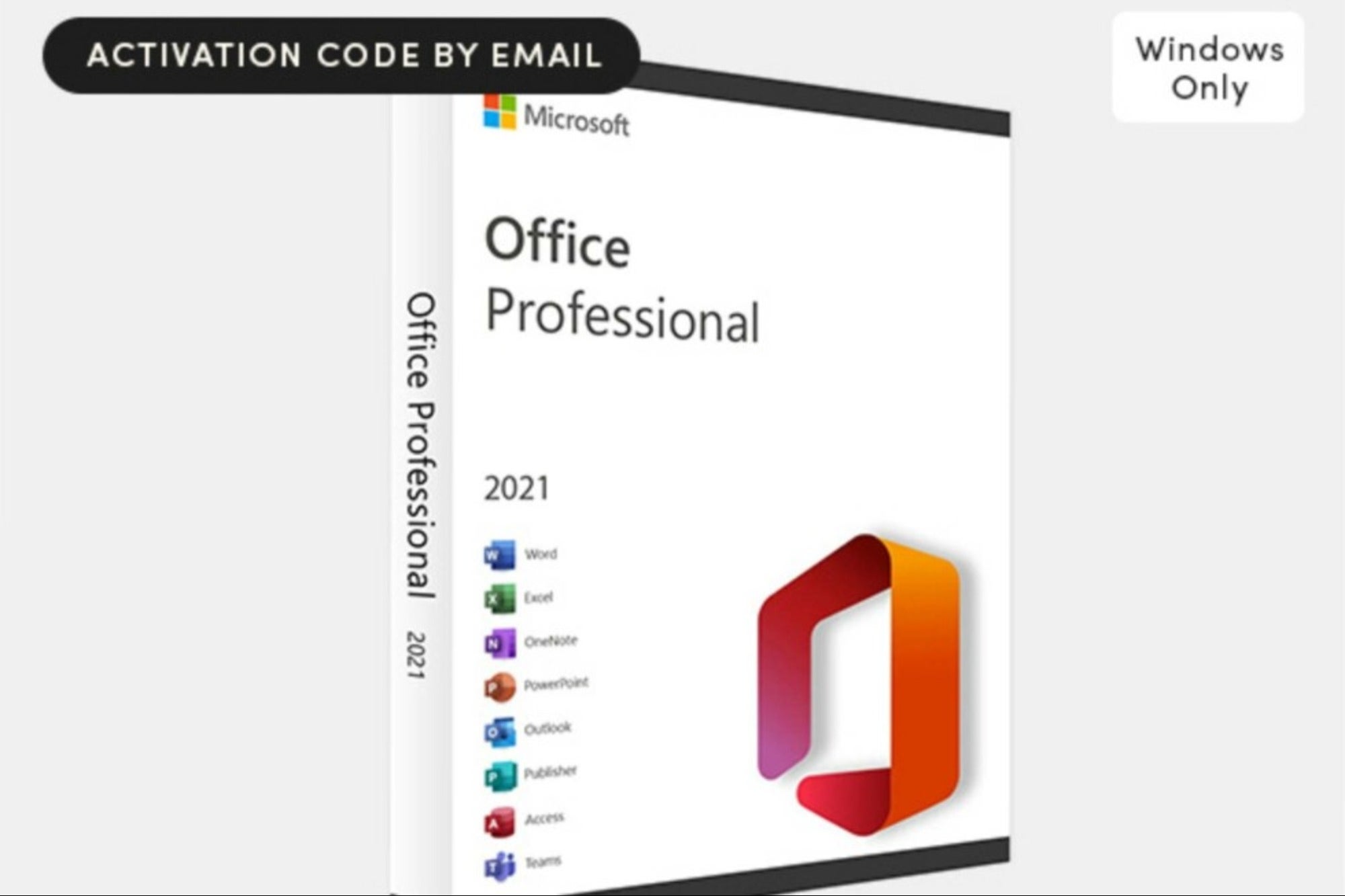Opinions expressed by Entrepreneur contributors are their own.
When your app or website was just a small seedling of an idea, you probably had big plans for how people would use it. As you built and tested it, you imagined your product becoming as integral to users’ days as brushing their teeth or checking their emails. That was the hope, at least. But making your product a recurring part of users’ lives is easier said than done.
To understand why we must first look at the mechanics of human behavior. Per the Society for Personality and Social Psychology, about 40% of people’s daily actions aren’t tied to conscious decision-making. Instead, they’re automatically initiated by situational cues and other triggers. This isn’t necessarily a bad thing. Rather, it’s a way to compartmentalize the myriad decisions we have to make every minute, hour and day. By eating the same thing for breakfast every morning, for example, we free up our mental capacity for more important decisions.
The question is: How can you make your product so inviting that users have no choice but to incorporate it into their subconscious routines? This is especially important today, as McKinsey & Company found that more consumers have switched brands in 2022 compared to 2021 and 2020. What’s more, 90% of them plan to continue doing so. Here are three tips for creating product usage habits in your users, so they are more inclined to stick with your brand:
Related: 5 Ways to Set Good Habits That Actually Stick
1. Dig into your product usage data
No amount of self-study or controlled testing will teach you more about your user journey — the good, the bad and the ugly — than product usage data (i.e., the information users generate as they interact with your product). From geolocation to session length to tasks completed, these rich insights span numerous types of data and actions.
For instance, when you open the Grubhub app, it’s not just logging your food order. It’s also looking at where you were when you opened the app, which features you explored versus which ones you bypassed, how long it took you to decide between chicken nuggets and a burger and how long it took for your order to be fulfilled and delivered.
If that sounds like a lot of data, it’s because it is. But when segmented and analyzed, this treasure trove of information can help you tap into your product’s habit-forming potential. To that end, you should plot two key product usage data points: frequency (i.e., how often users repeat a specific behavior) and perceived utility (i.e., how useful and rewarding users perceive that behavior to be).
Plotting these points is only step one, however. Next, you need to understand the bigger story behind the actions and what they tell you about the user journey. For example, imagine users are clicking a specific button at a higher frequency. Can you link those button clicks to higher retention among that group? That might tell you the button is a “sticky feature,” or a dependable engagement driver that encourages repeat uses. With that information, you can more easily identify and clear the friction points in your product to deliver greater value and encourage recurrent use.
Related: Using Data Analytics Will Transform Your Business. Here’s How.
2. Deploy user-centric reminders
Unfortunately, developing products isn’t a “build it, and they will come” situation. If you want your product to become second nature to users, you need to develop a messaging strategy that taps into intrinsic motivators and helps users bust through inertia.
Take 15Five, for example. The team management software platform allows employers to keep a pulse on their employees’ goals through weekly check-ins. Employees must log in to their accounts on a specific day to answer a series of questions and set goals for the upcoming week. But how does 15Five build and maintain engagement in its platform beyond the check-in? Well, mid-way through the week, it sends every employee an email reminding them of their goals.
Because employees were the ones who set the goals, the reminder acts as an intrinsic motivator to provoke action toward goal completion or adjustment. The messaging that 15Five uses is effective because it’s inherently user-centric: Review your goals. Plus, even if employees don’t go into the app itself, the email nudges them to at least think about their goal progress.
We know this kind of messaging works. Language-learning platform Duolingo, for example, prompts users via notifications to practice every day and continue their learning streaks. The company’s research shows that these reminders and streaks are highly motivating for users.
Related: People Love Playing Games. Use These 4 Psychological Hacks to Keep Customers Coming Back for More.
3. Use hooks to turn behaviors into habits
Turning conscious behaviors into subconscious habits ultimately comes down to repeatedly linking your users’ problems to your solution. This methodology is what tech entrepreneur Nir Eyal calls the “hook model” in his book “Hooked.” The hook model is made up of a four-phase process with consecutive cycles:
The first phase is the internal (e.g., users’ intentions or goals) or external (e.g., a “buy now” button) triggers that cue a particular behavior. The second is the completed in-app behavior or action in anticipation of a reward. The third phase is the variable reward, or the result of taking action that leaves users wanting more (e.g., connectedness or physical products). Fourth is the investment that sweetens the deal for future cycles through the hook model.
When building hooks, you need to get to the heart of each phase in the cycle. For instance, when looking at internal triggers, ask yourself what users want and what pain points your product alleviates. In contrast, if you’re brainstorming external triggers, focus on what brings people to your specific product.
When looking at actions, try not to overcomplicate things. Instead, look for the simplest action users might take if a reward is involved. Remember, if users don’t have sufficient motivation or ability to complete the action, they won’t. When it comes to the variable reward phase, ask yourself how you can fulfill the reward without veering into finite variability territory. The last thing you want is your experience to become so predictable or boring that users have no reason to return.
Although variable rewards are about immediate gratification, investments are more focused on long-term rewards. Therefore, think about how much work users are willing to put into your product to enjoy those lasting rewards. Consider a product such as Pinterest, for example. A user might find satisfaction in an individual image on the platform, but that image alone isn’t what builds lasting engagement. Instead, the collection of images across all their Pinterest boards makes the platform more valuable and harder to leave. That’s the investment.
Every business owner’s dream is to lead a company that’s indispensable to customers’ lives — but doing so requires more than just a good product. Habits are made, not born. So, follow these three tips and see how customers start to incorporate your offering into their routines.














